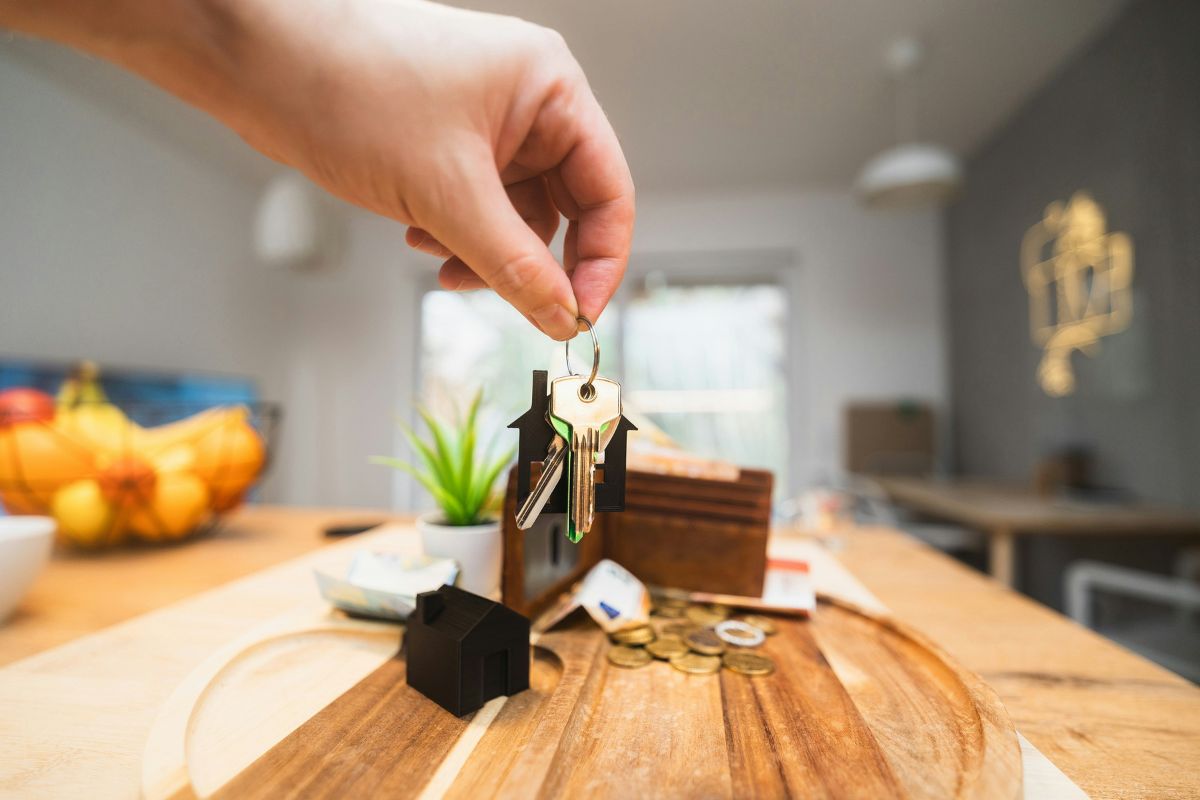Turning Property Investment Plans into Reality
A key piece of advice that B.Invested founder Nathan Birch gives to his clients is to start at the end and then work backwards.
He reasons that there’s not much point setting out to invest without having a pretty solid idea of your end goal. It’s like planning a road trip. You figure out where you want to go first, followed by selecting the vehicle to get you there and identifying some places you’d like to go along the way.
You might want to build a portfolio of 20 investment properties and retire as soon as possible with a passive income. If that’s the case, you need to think about more than just your first investment property. You need to invest in a certain way, structure your finance in a certain way and set a realistic timeframe for getting to that goal. Then you can break it all down into actionable steps. Here’s how to get going from the start.
Investment objectives
It’s time to clearly define what you are trying to achieve. Why are you investing? Where do you want to get to? Are you looking more for long term value growth, or a high yielding rental return? Are you all in on residential, or do you want to mix some commercial property into your portfolio too?
How long can you give yourself to achieve your goals?
These, and more, are the questions to ask yourself straight off the bat. Once you’ve answered them and maybe tweaked a thing or two, you can create your roadmap to success.
Financial assessment and budgeting
Goals are great, but they can be pipe dreams if you don’t have the financial standing you need. You will need to evaluate your current financial situation to see if your goals are realistic. Take a look at your income, expenses, assets and liabilities and figure out how much capital you can afford to invest as a deposit. Then add upfront buying costs such as stamp duty and legal fees, and think about some of the ongoing expenses you may need to cover like maintenance, property management, rates, strata fees and so on.
This will help a mortgage broker determine your borrowing capacity and which loans may suit you when it’s time to borrow to invest.
Risk management strategies
There will be hiccups and hurdles along the way with property, just like any other investment class. So it’s important to have strategies in place to mitigate risks. For example, markets and prices will fluctuate and economic conditions will change. Diversifying your portfolio to include properties in different types and locations can help spread risk.
Changes in interest rates or borrowing conditions could be navigated by varying or fixing interest rates or maintaining a buffer. Then there’s the people factor. Your investment properties will likely need to be tenanted, as that’s where your returns come from. Thorough tenant screening, regular inspections and landlord insurance can help protect you against vacancy periods, non-payment of rent or damage to your property.
Seeking professional guidance
If you haven’t invested before, you’re likely to be up against people that have when you’re in the market. Therefore it’s important to arm yourself with experienced professionals to help you make the right decisions. Buyer’s agents can provide great advice, but more importantly, can open your eyes to markets and potential deals that you would otherwise not have known about.
A good buyer’s agent will source the properties for you, after doing the due diligence and the bargaining on your behalf and present you with a deal ready to go. B.Invested clients will be familiar with such an experience. Other professionals to get on your side include financial advisors, solicitors, accountants and mortgage brokers. These guys live and breathe in the space you are entering for the first time, so they can share their experience to equip you for success.



